The samurai of old Japan, and indeed the bulk of the Japanese population from the noble aristocrats down to the farming peasants, were highly literate. Reading and writing was not a skill reserved for the elite, but for all. While the old saying went that the “pen was mightier than the sword”, the samurai lived a life in which the pen and sword were used in accord. The printing of books on strong, durable washi paper meant that these books could last for years. One such book, deemed indispensable to the ashigaru class of foot soldier was the Zohyo Monogatari.
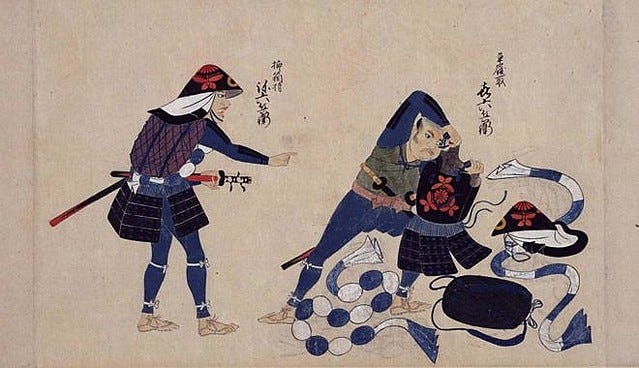
Following the Battle of Sekigahara in 1600 and the 1614 and 1615 Sieges of Osaka, a popular two volume book titled Zohyo Monogatari (A Handbook for Foot Soldiers) was published around 1683. Matsudaira Nobuoki, (September 17, 1630 - October 3, 1691) the fifth son of the lord of Kawagoe domain, daimyo Matsudaira Nobutsuna, along with Do Terutsuna, and Obata Kagenori are believed to be either the authors or editors of this work, but the actual details remain unknown. The classic Zohyo Monogatari played a role as battle training text for the low-ranking samurai — a survival guide written especially for ashigaru that provided them with hints and ideas for getting through a battle. The book covered basic important matters such as battlefields, armaments, and weapons, even battlefield medical advice. One section explains how to remove an arrow from an eye by seating the wounded man against a tree, then tying his head to the tree trunk to prevent him from flinching before removing the arrow with pincers.
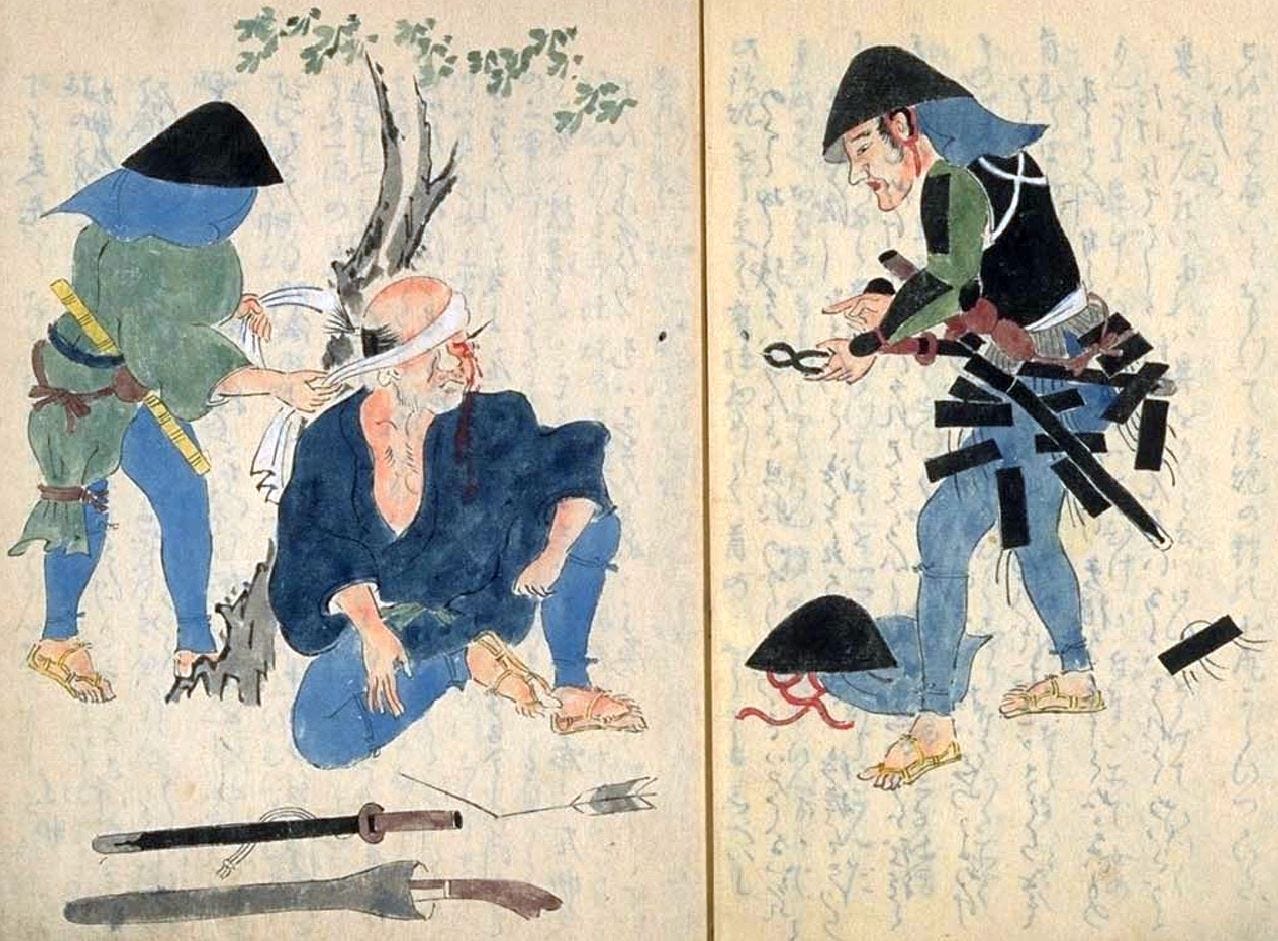
This long-term best-selling book was written using firsthand accounts of over 30 veteran ashigaru, each man talking about their own experiences and observations, and provided information and survival techniques handed down from battles of old. The style of writing in the Zohyo Monogatari is colloquial, and the personal accounts and advice from the miscellaneous lower ranked warriors are described in a conversational style. The records include information pertinent to not only the frontline teppotai, matchlock gun corps ashigaru, the yumtai archer corps ashigaru, the yaritai spearmen and their leaders, but also to various other commonplace ashigaru units such spear or arrow bearers, horse grooms, flag, clothing and food bearers, right down to the lowly sandal bearers. It explained to them how weapons should be carried, what civil engineering work they would be expected to do, and how to do it, and when war broke out, how to face the enemy on the front lines while handling spears and guns as a platoon.
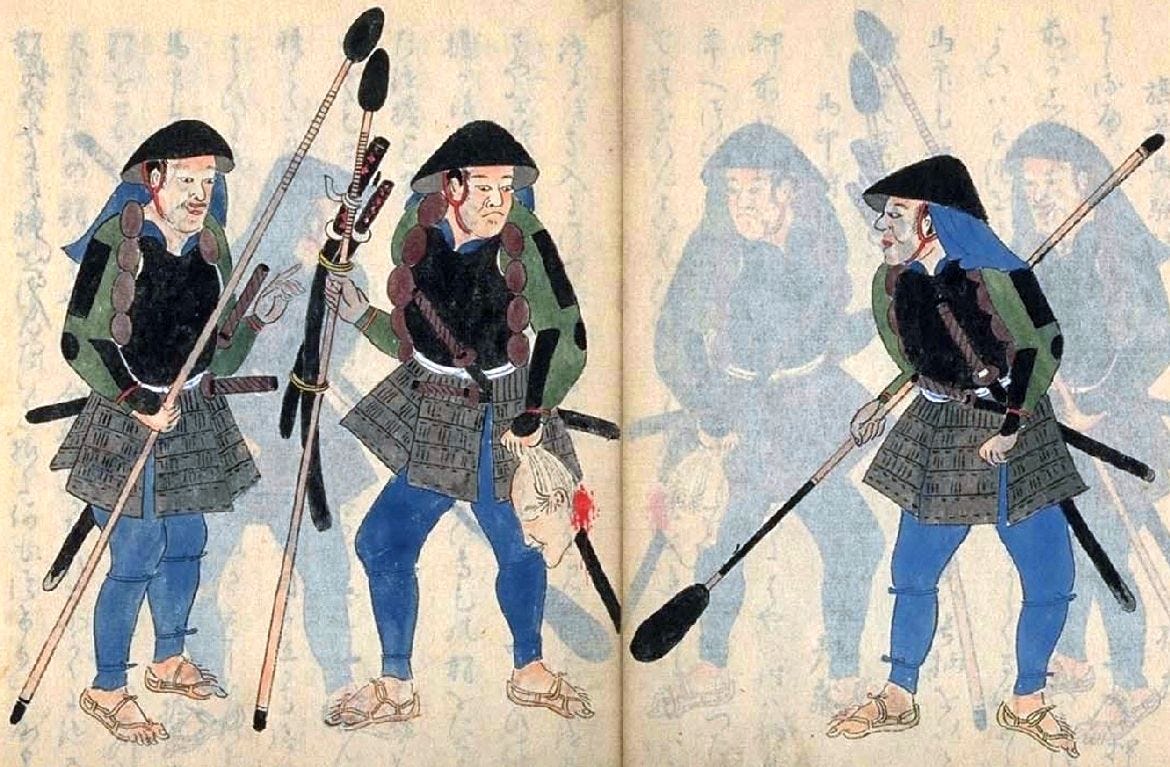
The Zohyo Monogatari was used by many warriors as a reference for battlefield knowledge. For example, the ever-resourceful ashigaru were taught to use the straw wrappings remaining from used rice bails as sleeping pallets and blankets in the cold, to chew peppers to stay warm when on duty, and how to make stomach medicines from apricot and plum stones. They knew how to prepare the vine-like taro potato stalks by boiling them in miso and drying them before using the strong stalks to tie rations to the pack horses. These vines could later be chopped up and used in soups once their use as ties had ended. Most Ashigaru were also adept at making medicines from wild herbs too. Fire making was a common skill, and it was suggested that dried horse manure be used for fires when wood was scarce. As an addition, it was explained that the smoke from the burning manure would keep the mosquitoes away in summer.
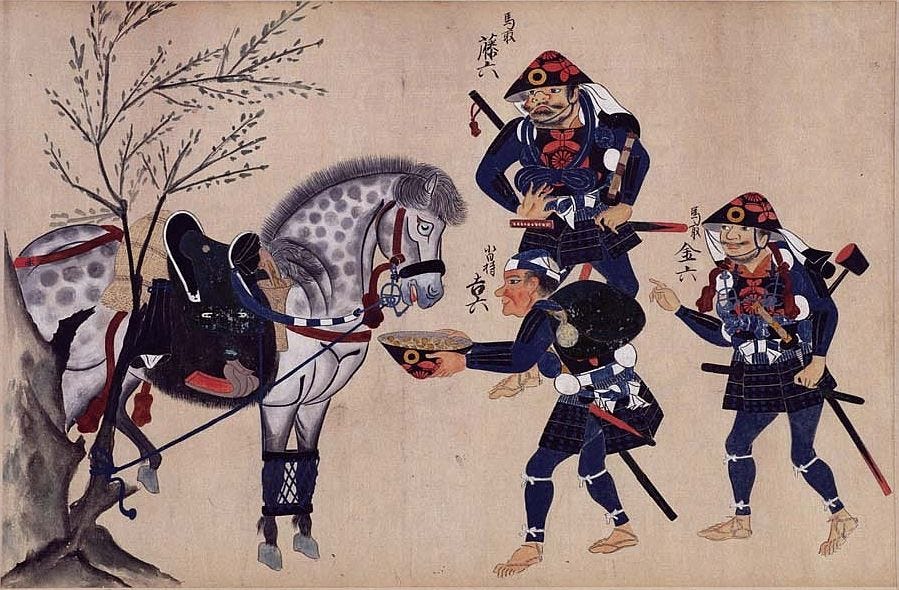
Various copies of the Zohyo Monogatari were produced. Some were handwritten in bulk by scribes and illustrated in color. Other later copies had each page painstakingly carved into cherry wood and printed in the manner of woodblock prints, only in black and white. These books can be found in old libraries, and occasionally appear in antique book shops and auctions. The Zohyo Monogatari is still highly valued as an early Edo period historical resource and samurai military text.




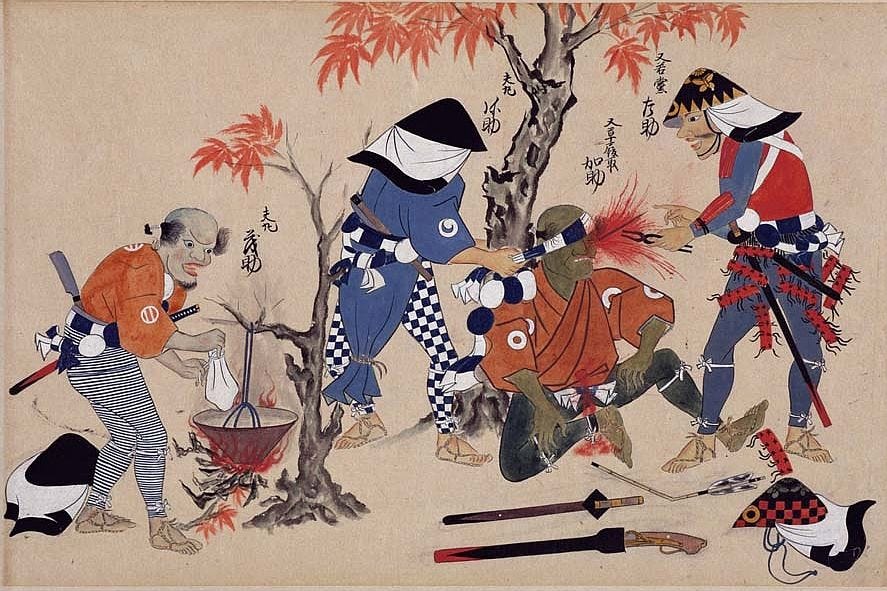

Good stuff!